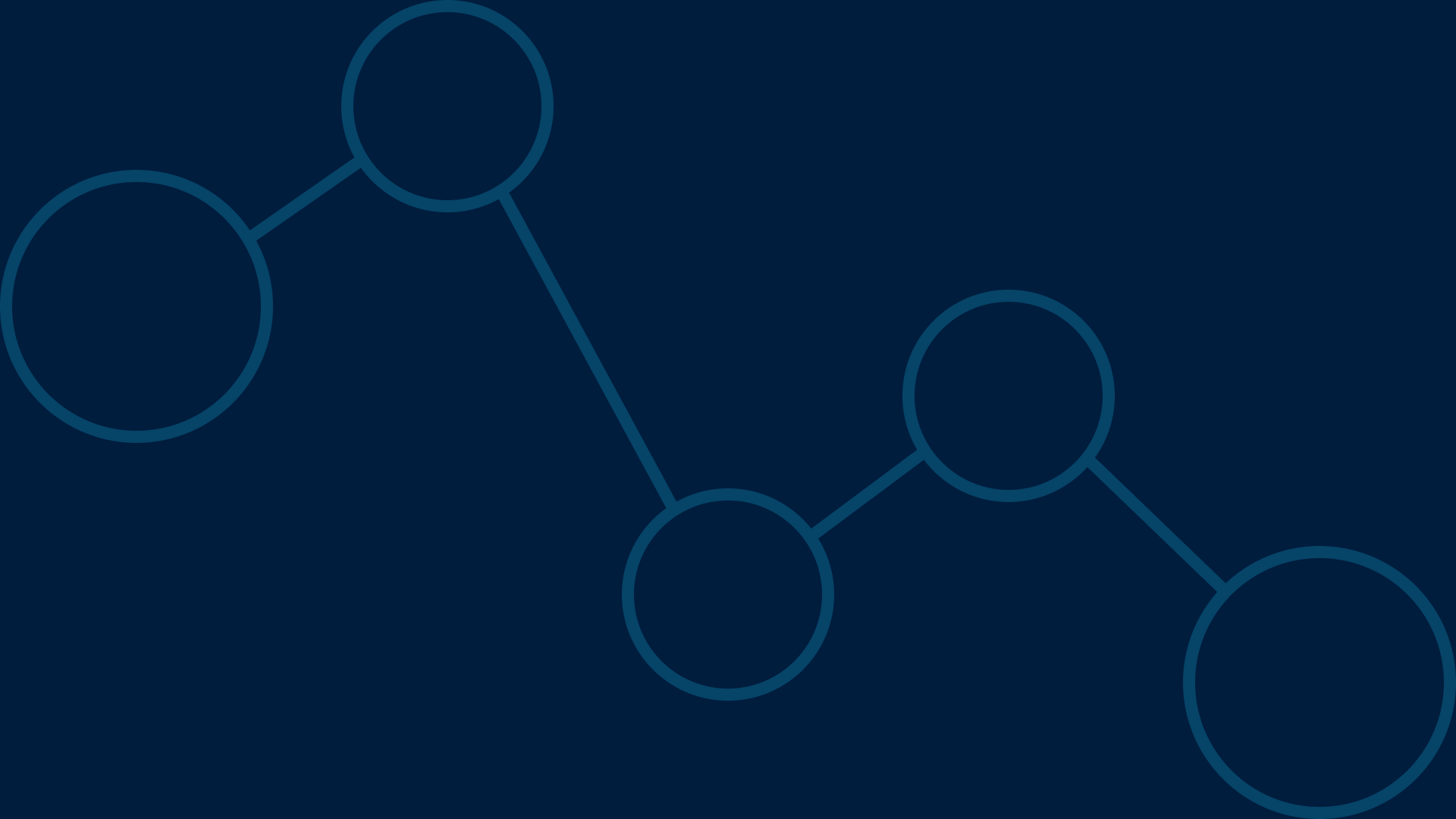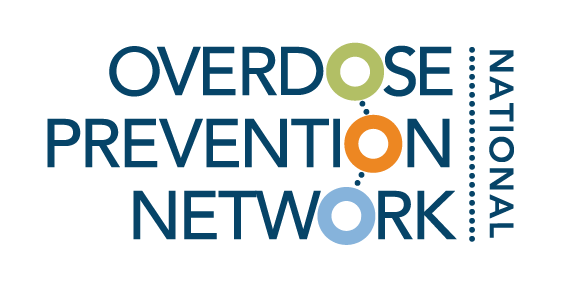
Overdose Prevention in Rural Communities
▸Data & Measurement
Sustainability Planning
Stigma
Managing Pushback
Additional Resources
Data & Measurement
Data help communities and leaders understand the changing face of the crisis, the impact it has on the community, and available prevention, treatment and recovery models that work.
Data collection in rural areas is often challenging due to insufficient sample sizes to allow for rural specific analysis. At the same time, data can help rural leaders respond to the big questions like:
What is in the drug supply in our community?
What are the root causes of substance use disorder?
What solutions will be acceptable in our community to prevent substance use disorders and overdose?
Related resources
Measurement Guide. This guide can help you use data more effectively, refine your strategy, craft compelling success stories, and gain support for work in your community. You can also find a video introducing the guide here.
Five Tips for Leveraging Local Overdose Data to Make a Case to Your Community. A webinar recording that takes a look at the presentations, fact sheets, and data stories that coalitions have built to educate community members about overdose and to advocate for supportive policies.
How to Conduct a Community Assessment (videos part one and part two): Whether you are trying to impact local policy, determine funding priorities, or build a program that addresses community norms, gathering data from leaders and community members can help expand buy-in, increase support, and enhance your program’s relevancy. This workshop is the first of a two-part webinar series that will explore conducting a community assessment that reflects input from both external and internal sources and describes how this can inform programmatic priorities and decisions.
Drug Overdose Deaths in the United States. This dashboard provided by NORC and the USDA provides interactive maps with overdose mortality rates by county along with socio-demographic, economic, and behavioral health facilities.
CDC Data Dashboards and Alerts. Source for interactive data on nonfatal overdoses from CDC’s Drug Overdose Surveillance and Epidemiology (DOSE) system.
Urban-Rural Differences in Drug Overdose Death Rates 2020. This report describes urban and rural differences in drug overdose death rates in 2020 by sex, race and Hispanic origin, and selected types of opioids and stimulants.
Data Saving Lives: How ODMAP can Support Community Efforts to Stop Overdose Deaths. Video that showcases ODMAP, an application that provides near real-time suspected overdose surveillance data across jurisdictions to support public safety and public health efforts to mobilize an immediate response to a sudden increase or spike in overdose events.
CASE STUDY
Data to Action - Youth and Overdose Prevention Innovations
Communities across California have developed innovative strategies to prevent overdose using local data. Check out the following short case studies from local coalitions who utilized data to develop innovative interventions focused on youth engagement and overdose prevention strategies in their communities. You can also watch a recording of how they use put the data into practice here.
CASE STUDY
Youth Led Coalition Fills in a Data Gap
Empower Watsonville is a youth-led overdose prevention coalition. As a new coalition in a rural region, they needed accurate and up-to-date data to increase community awareness around youth substance use. They also needed data to inform local school districts and policy makers of needed changes. Empower Watsonville’s youth created and implemented a point-in-time survey to anonymously survey and assess local youth's experiences with substance use. Using the data collected from the survey, the youth developed a presentation for parents who work in the agriculture fields. Their goal was to help parents understand how to talk to their kids about substance use, how to safely store medications and cannabis, and how substance use can affect mental health. Their presentation gave special attention on ways parents can change the way they talk to their children about substance use to avoid bringing shame, blame, and negative language. They used real examples from the survey on what substances are in the community, and real concerns voiced by youth wanting help and referrals to mental health resources.


